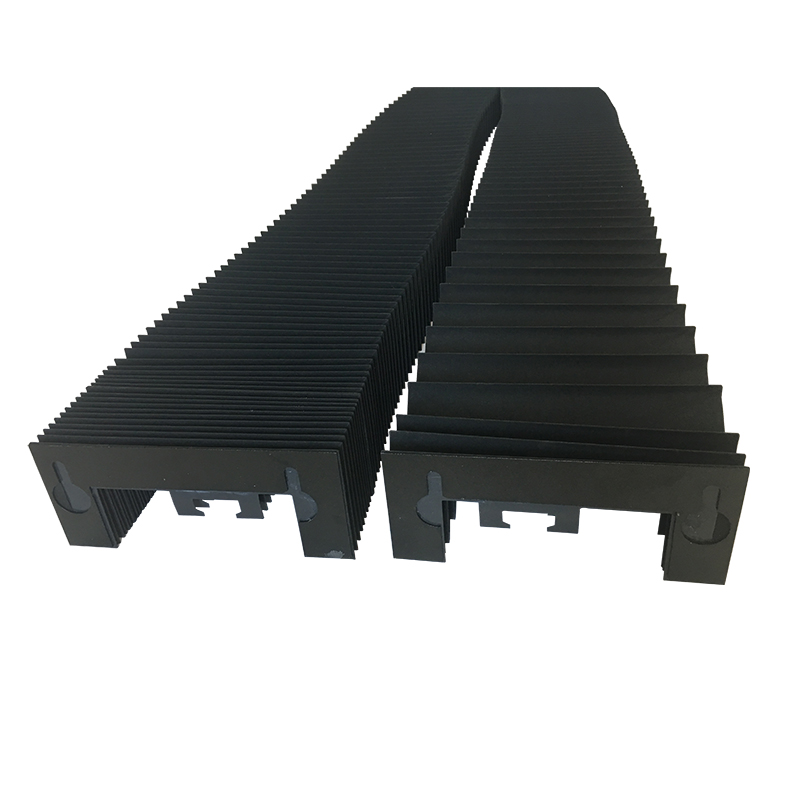Cable Management Solutions for Efficient Track Systems and Enhanced Performance
The Evolution and Importance of Track Cables in Modern Transportation
In the contemporary world of transportation, track cables play a crucial role in ensuring safety, efficient communication, and smooth operation of various rail systems. Whether it's a high-speed train traversing vast distances or a metro system facilitating urban transit, track cables are an essential component that deserves closer examination. This article explores the evolution, structure, and significance of track cables in modern transport systems.
Understanding Track Cables
Track cables are specialized electrical cables that run alongside or beneath railway tracks. They carry power and communication signals necessary for the operation of electric trains and the functioning of safety systems. These cables are designed to withstand the rigors of outdoor environments, including extreme temperatures, humidity, and physical stress from the trains above. They are typically made with durable, weather-resistant materials to ensure longevity and reliability.
Historical Context
The use of track cables dates back to the advent of electrified railways in the late 19th century. Initially, communication between train operators and station control was rudimentary, relying on manual signals and visual cues. As rail traffic increased, so did the need for sophisticated signaling systems. The introduction of track cables marked a significant innovation in this regard, allowing for real-time communication and monitoring.
Over the decades, advancements in technology have led to the development of more advanced track cable systems. For instance, the use of fiber optic cables has revolutionized communication within rail systems. These cables facilitate high-speed data transmission, allowing for improved monitoring of train locations, speeds, and system status. The shift from traditional copper cables to fiber optics not only enhances performance but also reduces maintenance costs and increases bandwidth for data transfer.
Structure and Components
track cable

Track cables consist of multiple components that work together to ensure proper functionality. Each cable typically contains power conductors, communication wires, and safety monitoring systems. The power conductors supply electricity to trains, while communication wires transmit signals between trains and control stations. Safety monitoring systems, including track circuiting, utilize these cables to detect train presence on specific sections of the track.
The design of track cables also prioritizes safety and resilience. They are often encased in protective materials that shield against mechanical damage, moisture intrusion, and rodent infestations. This robustness is vital, as any failure can lead to significant disruptions in service and pose safety risks to passengers.
The Role of Track Cables in Safety
Safety is a paramount concern in railway operations. Track cables are integral to various safety systems, including signaling, train detection, and automatic braking. For instance, the signaling systems that rely on track cables ensure that trains operate at safe distances from one another, thereby preventing collisions. Additionally, many modern rail systems employ automatic train control systems that depend on real-time data from track cables to make split-second decisions regarding speed and stopping.
As rail networks continue to evolve, the integration of advanced technologies into track cable systems is becoming increasingly critical. Developments in Internet of Things (IoT) technology allow for continuous monitoring of cable integrity, enabling preemptive maintenance and minimizing the risk of failures.
Conclusion
Track cables are a fundamental aspect of modern railway infrastructure. As transportation systems evolve, the importance of reliable and efficient track cables cannot be overstated. Their role in power distribution, communication, and safety ensures that rail networks can function smoothly and effectively meet the demands of today’s travelers.
In conclusion, as we move towards a future that favors rapid urbanization and increased interconnectivity, investing in advanced track cable technology is essential. Ensuring the resilience and reliability of these systems will ultimately contribute to safer and more efficient transportation for all.








